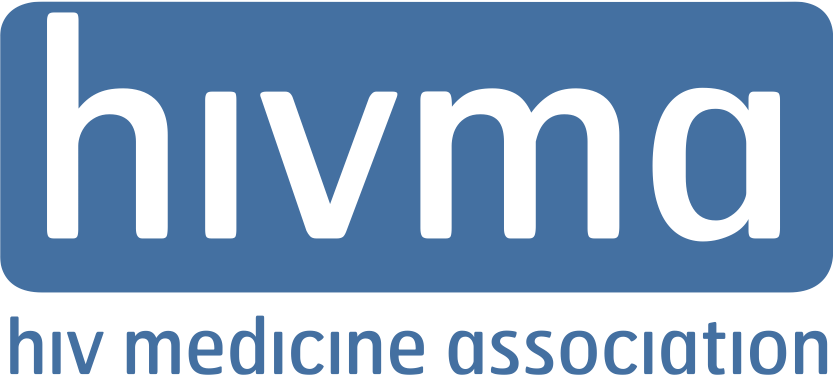Preventing HIV and other Sexually Transmitted Infections: A Call for Science-Based Government Policies
- The federal government must continue to support a robust portfolio of biomedical and behavioral research that aims to identify preventive vaccines, new diagnostics and treatments, and behavioral intervention strategies that reduce the risks of transmission. Adequate support for public health infrastructure to conduct surveillance and to administer STI screening and treatment programs is also essential.
- The federal government has an obligation to ensure that public health information that is developed and disseminated with federal dollars is evidence-based and comprehensive.
Clearly, delaying or abstaining from sexual activity is an effective method for preventing sexually transmitted infections. Similarly, it is irrefutable that a monogamous relationship with an uninfected partner will prevent sexually transmitted infections. Nevertheless, it is also true that the majority of teenagers have had a sexual encounter before they graduate from high school , and millions of young people and adults are sexually active outside the bounds of marriage and mutually monogamous relationships. Prevention messages must be tailored to specific segments of the population to be effective, and should be age and culturally appropriate and value neutral. There is a public health obligation to offer guidance about risk reduction strategies, in addition to messages that encourage abstinence and/or fidelity, to sexually active youth and adults.

